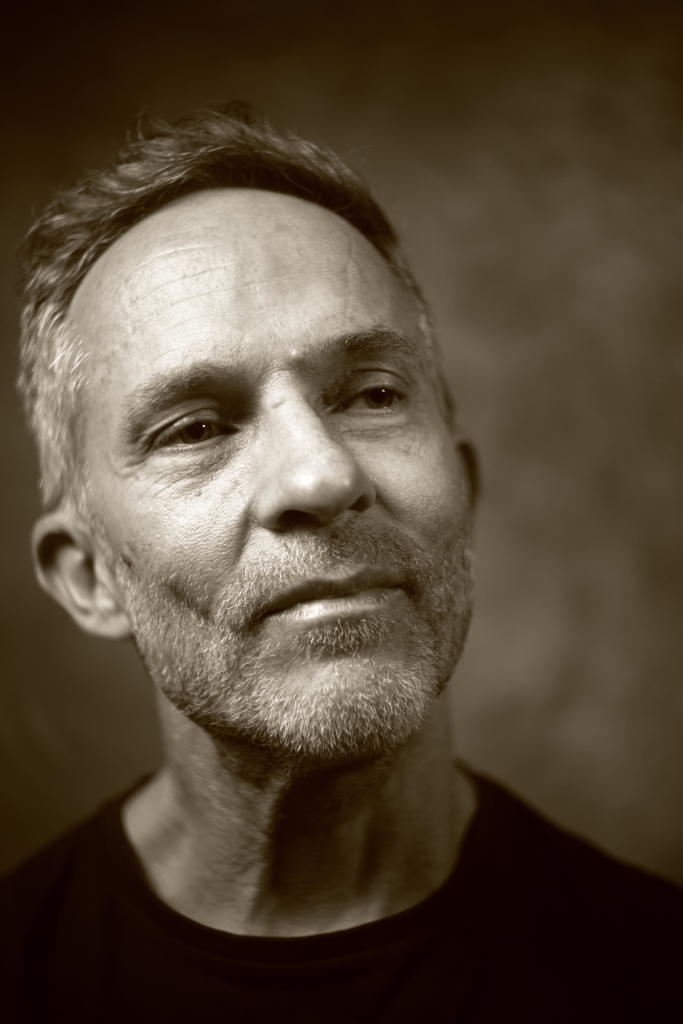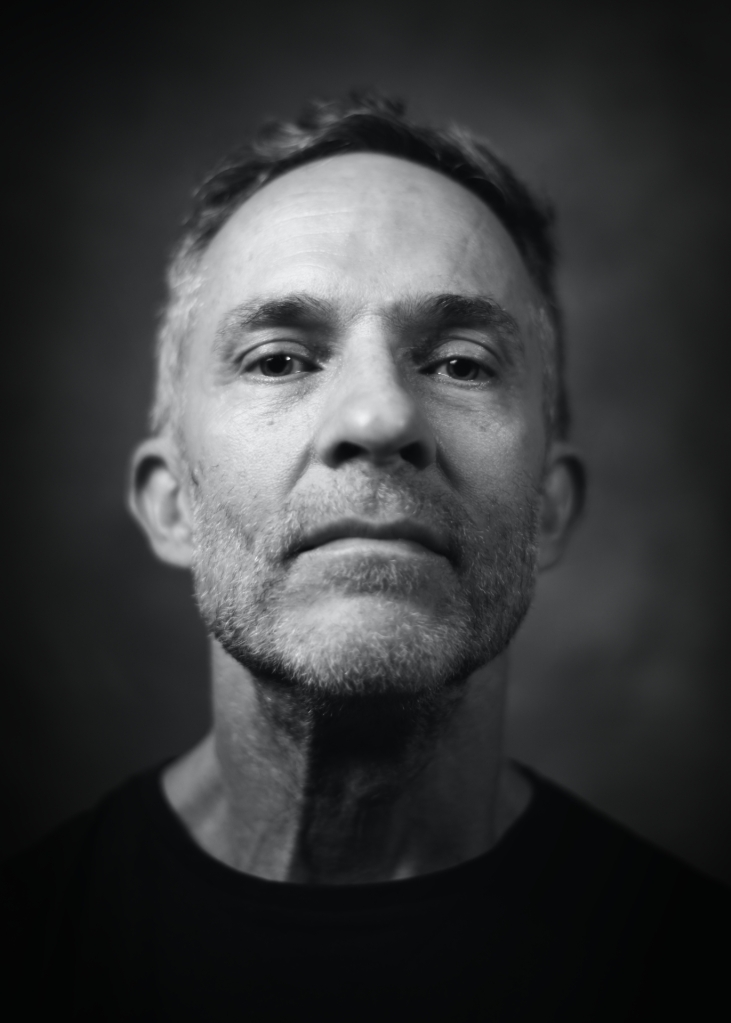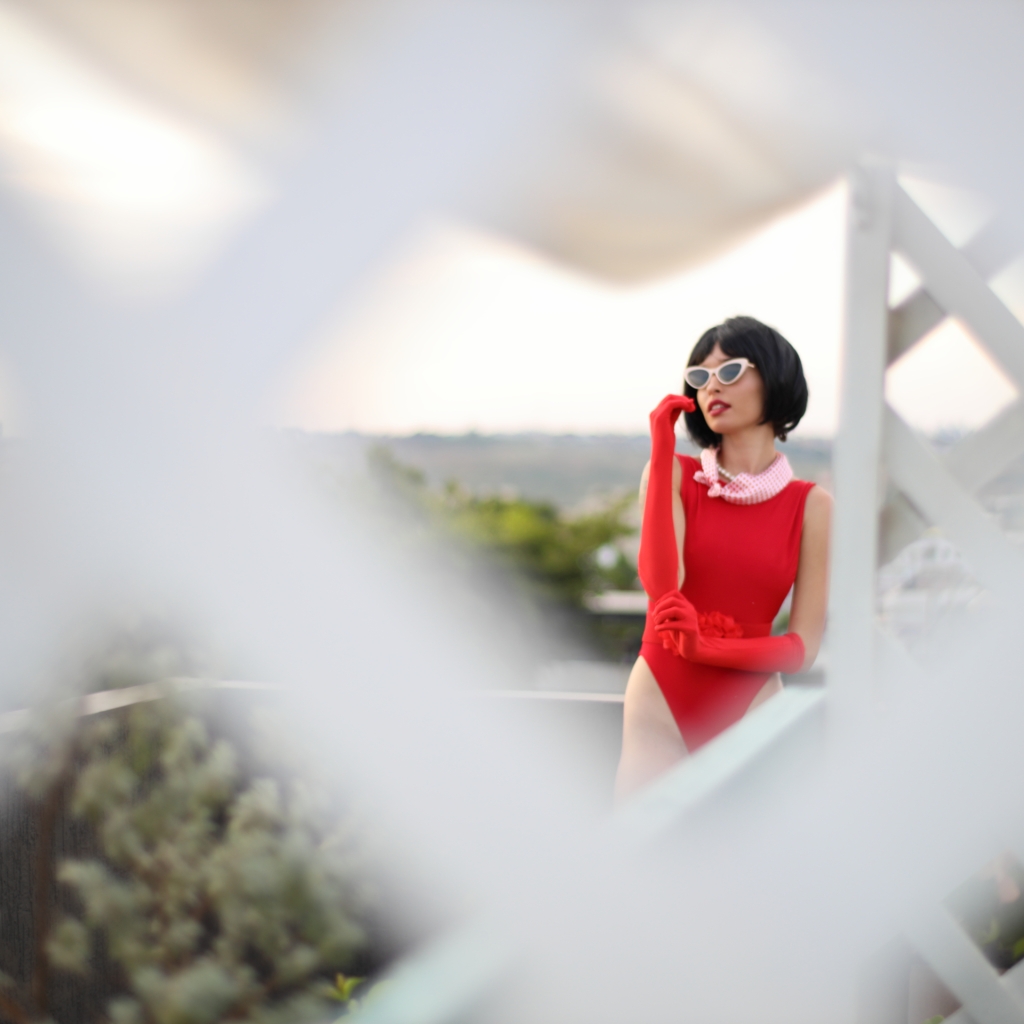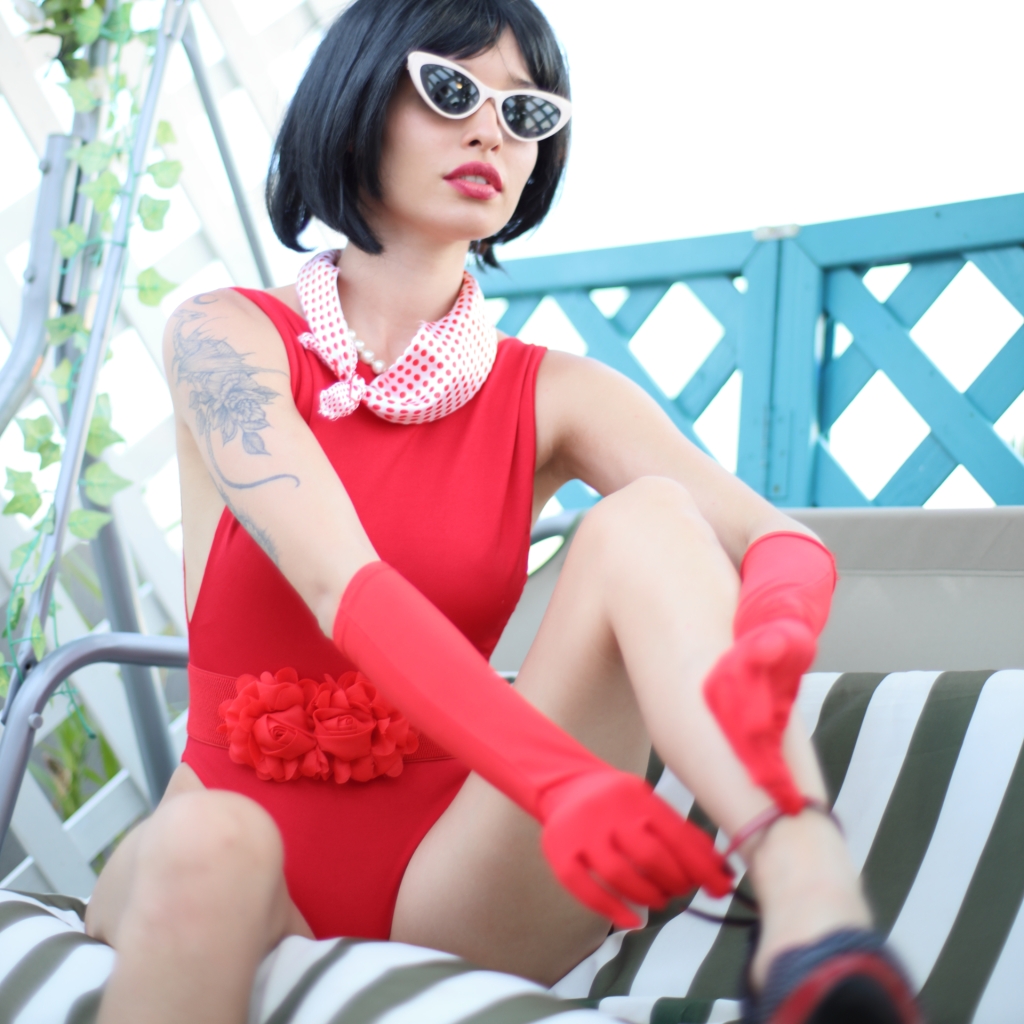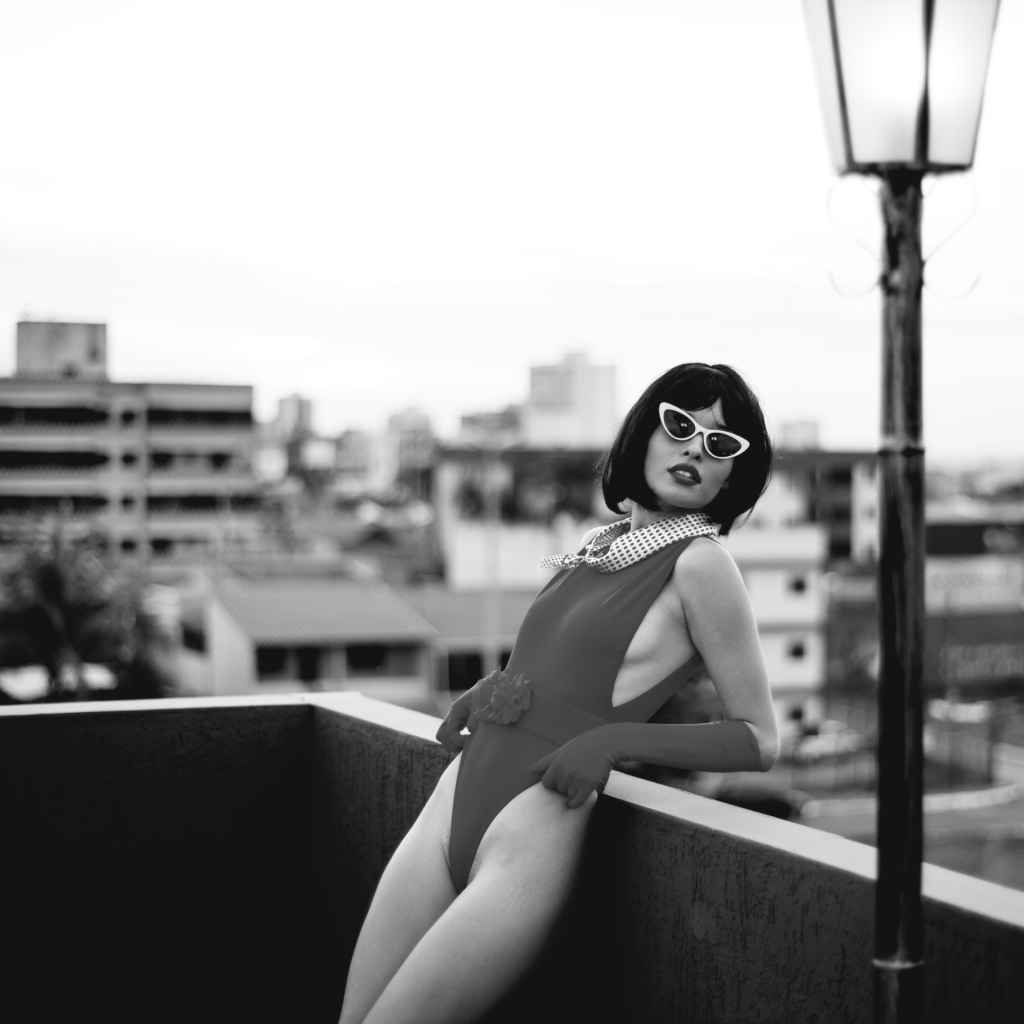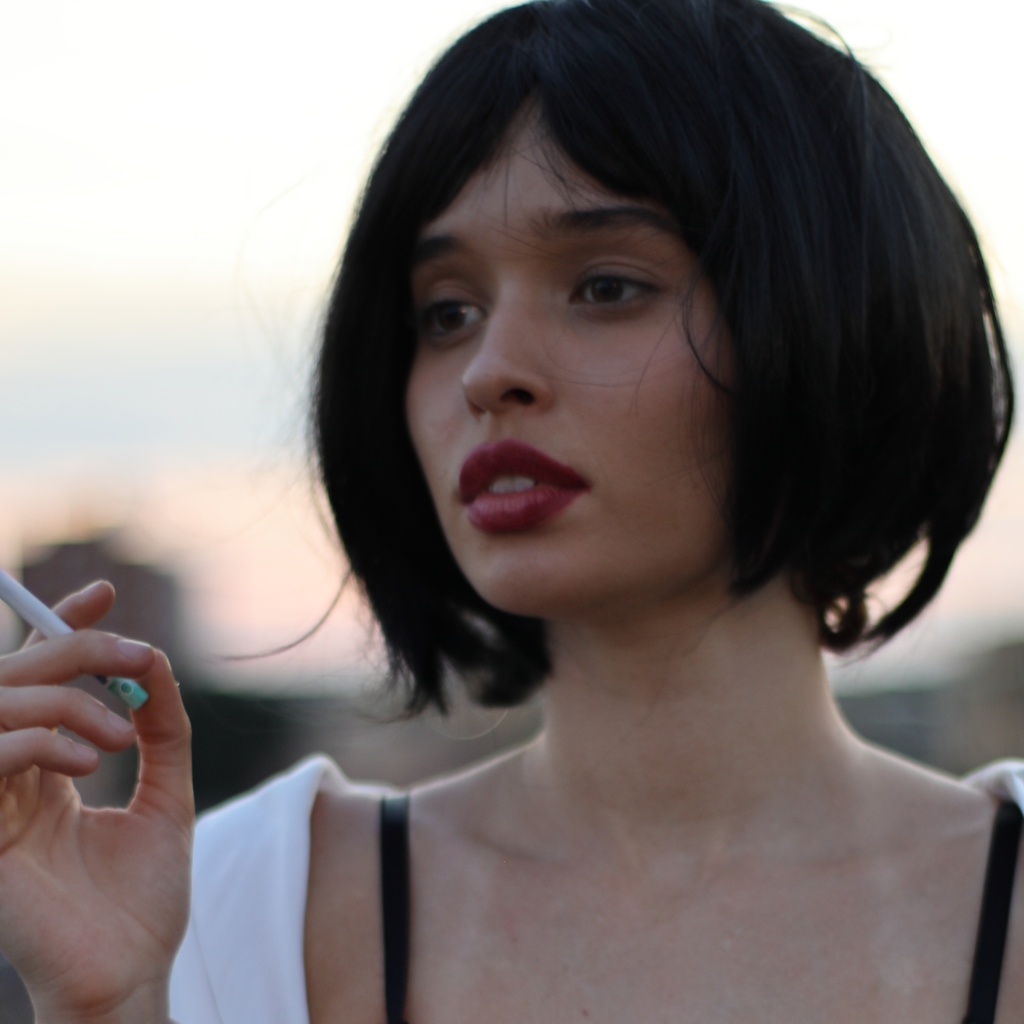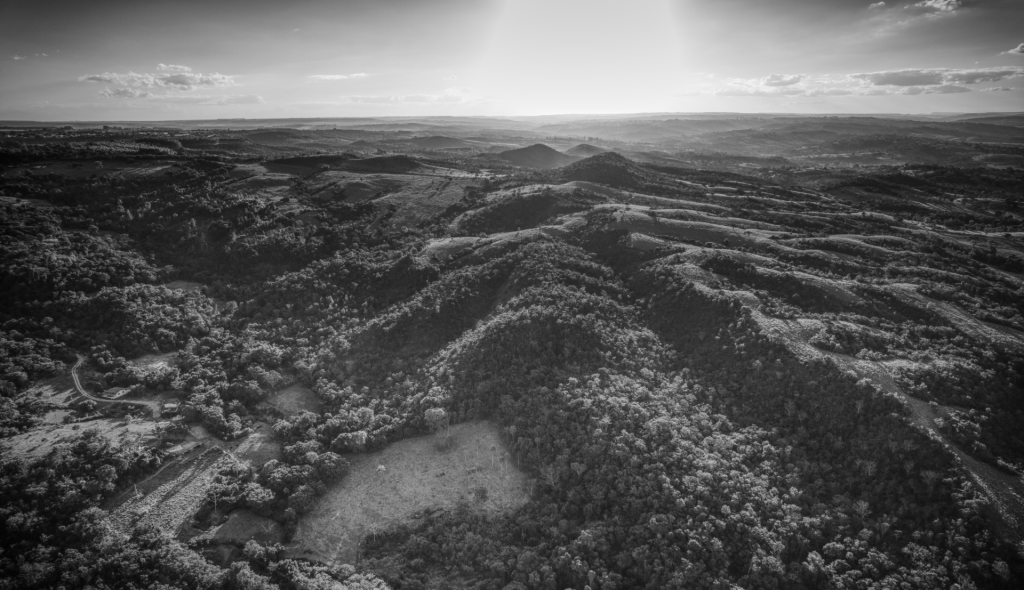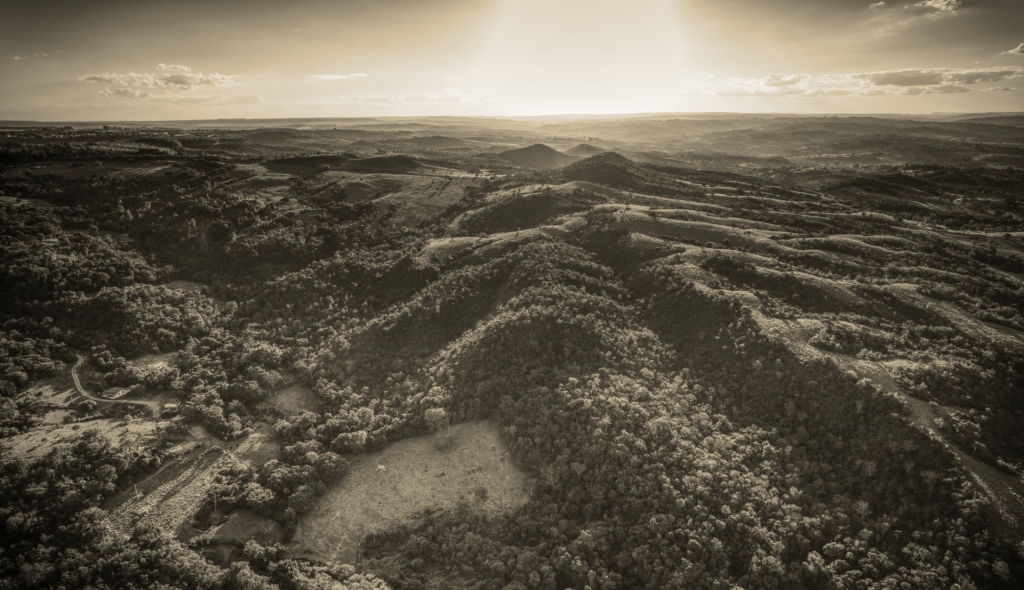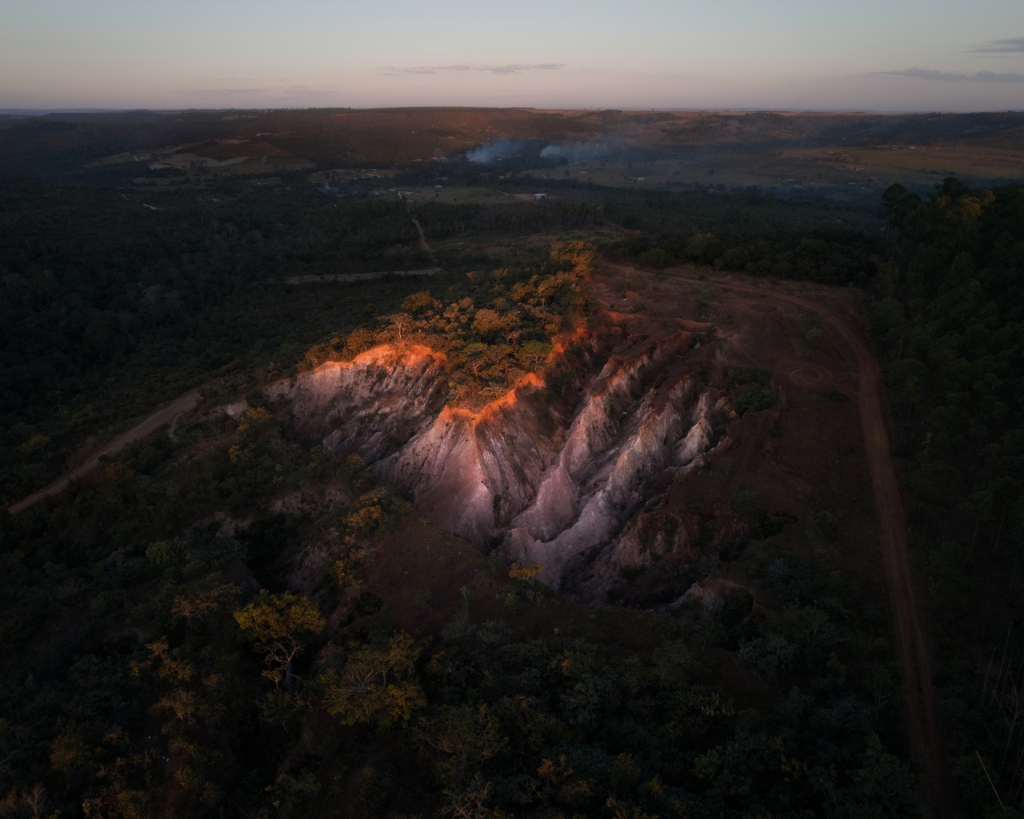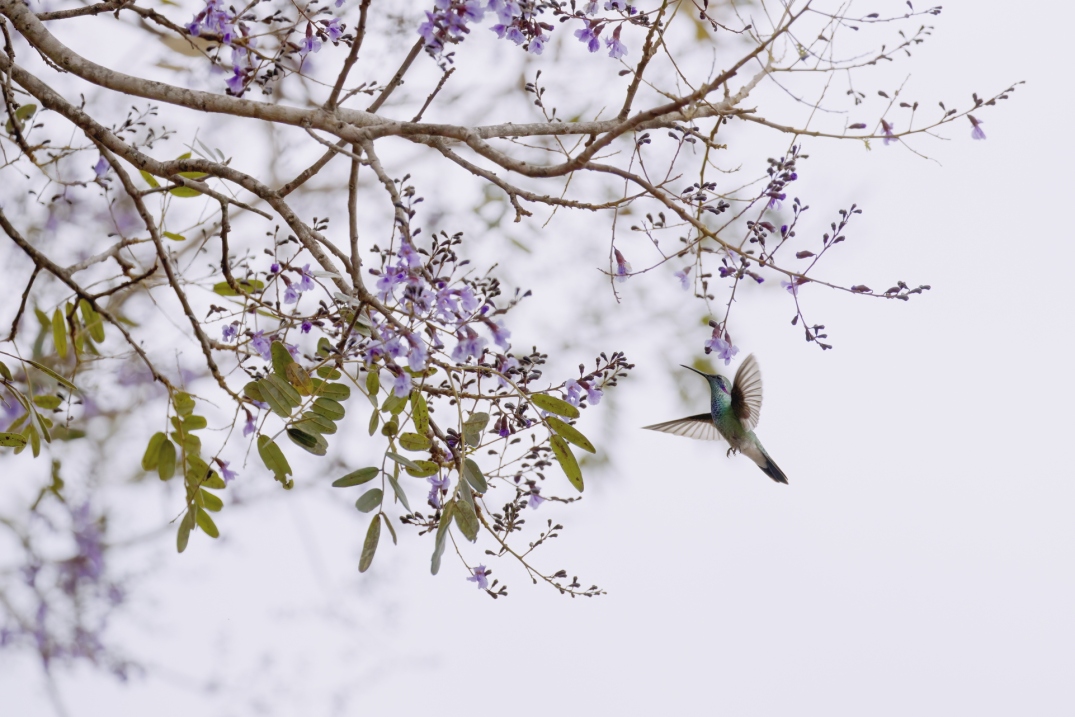(tradução para o português abaixo)
My main focus here is photography and music. But this friend of mine one day suggested we make a short film together about the beautiful people of Bosnia and Herzegovina, and I accepted the challenge.
The process was simple: as expats living in Sarajevo, we’d go to the city streets and film the local people. We set very few boundaries, but one of them was perspective. We didn’t want the traditional “postcard” view where everything’s obvious about the place and its people. Instead, the idea was to zoom in and get a closer view of these particular humans. We made exceptions for very wide, aerial scenes, where we could give context to the location without being too obvious.
Through inspiring images and the narration of two Bosnian women from Sarajevo, the film explores the concept of “Rahat” and how it may be seen as one of the deepest characteristics of the Bosnian people. The streets of Sarajevo become our main stage, where we observe the characters – the ordinary people – and their interaction within the city.
The film flows through three main parts: a dark, tense beginning that captures the urban tension; an ethereal interlude where the concept of “Rahat” begins to unfold; and a final section with a brilliant sunset mood that conveys calmness and elevation of the soul.
Like street photography that captures the interaction between people and their urban environment, this 10-minute documentary takes you on a vivid walk through Sarajevo. The footage, captured in late 2019, was carefully selected to depict the beauty, happiness, and lightness of the Bosnian people at the beginning of the 21st century.
The soundtrack is central to the story. I composed it specifically for this film to fit the mood of the streets and the meaning carried by the word “Rahat,” and performed it entirely using a digital audio workstation.
Gear: APS-C camera, prime lenses (50mm, 100mm) and zoom lenses (55-250mm, 100-400mm), mobile phone camera, tripod and a drone. Film edited in DaVinci Resolve and music composed and played at FL Studio.
Meu foco principal aqui é fotografia e música. Mas um amigo um dia sugeriu que fizéssemos um curta-metragem juntos sobre o belo povo da Bósnia e Herzegovina, e aceitei o desafio.
O processo foi simples: como expatriados vivendo em Sarajevo, íamos às ruas da cidade e filmávamos as pessoas locais. Estabelecemos poucos limites, mas um deles era a perspectiva. Não queríamos a tradicional visão de “cartão postal” onde tudo é óbvio sobre o lugar e suas pessoas.
Em vez disso, a ideia era aproximar a câmera e ter uma visão mais próxima desses seres humanos em particular. Fizemos exceções para cenas muito amplas, aéreas, onde podíamos contextualizar a localização sem ser muito óbvios.
O filme flui através de três partes principais: um início escuro e tenso que captura a tensão urbana; um interlúdio etéreo onde o conceito de “Rahat” começa a se revelar; e uma seção final com um clima de pôr do sol brilhante que transmite calma e elevação da alma.
Como a fotografia de rua que captura a interação entre as pessoas e seu ambiente urbano, este documentário de dez minutos leva você a um passeio vívido por Sarajevo. As filmagens, captadas no final de 2019, foram cuidadosamente selecionadas para retratar a beleza, a felicidade e a leveza do povo bósnio no início do século XXI.
A trilha sonora é central para a história. Eu a compus especificamente para este filme para combinar com o clima das ruas e o significado carregado pela palavra “Rahat”, e a executei inteiramente usando uma estação de trabalho de áudio digital.
Equipamento: Câmera APS-C, lentes prime (50mm, 100mm) e lentes zoom (55-250mm, 100-400mm), câmera de celular, tripé e um drone. Filme editado no DaVinci Resolve e música composta e tocada no FL Studio.



